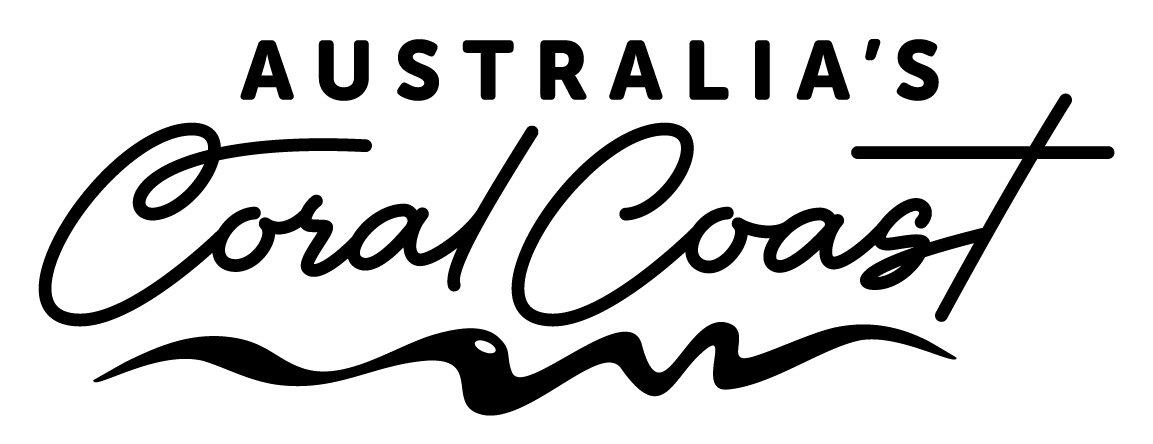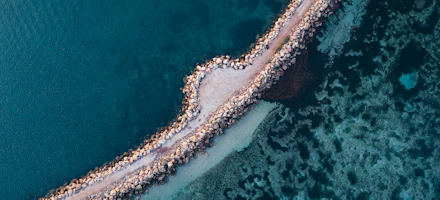
7 Reasons why you need to visit a station stay
If the idea of escaping the neighbours, interacting with farm animals, and immersing yourself in genuine country hospitality resonates with you, then it's time to dust off your boots and embrace a bit of red dirt.
Explore
































